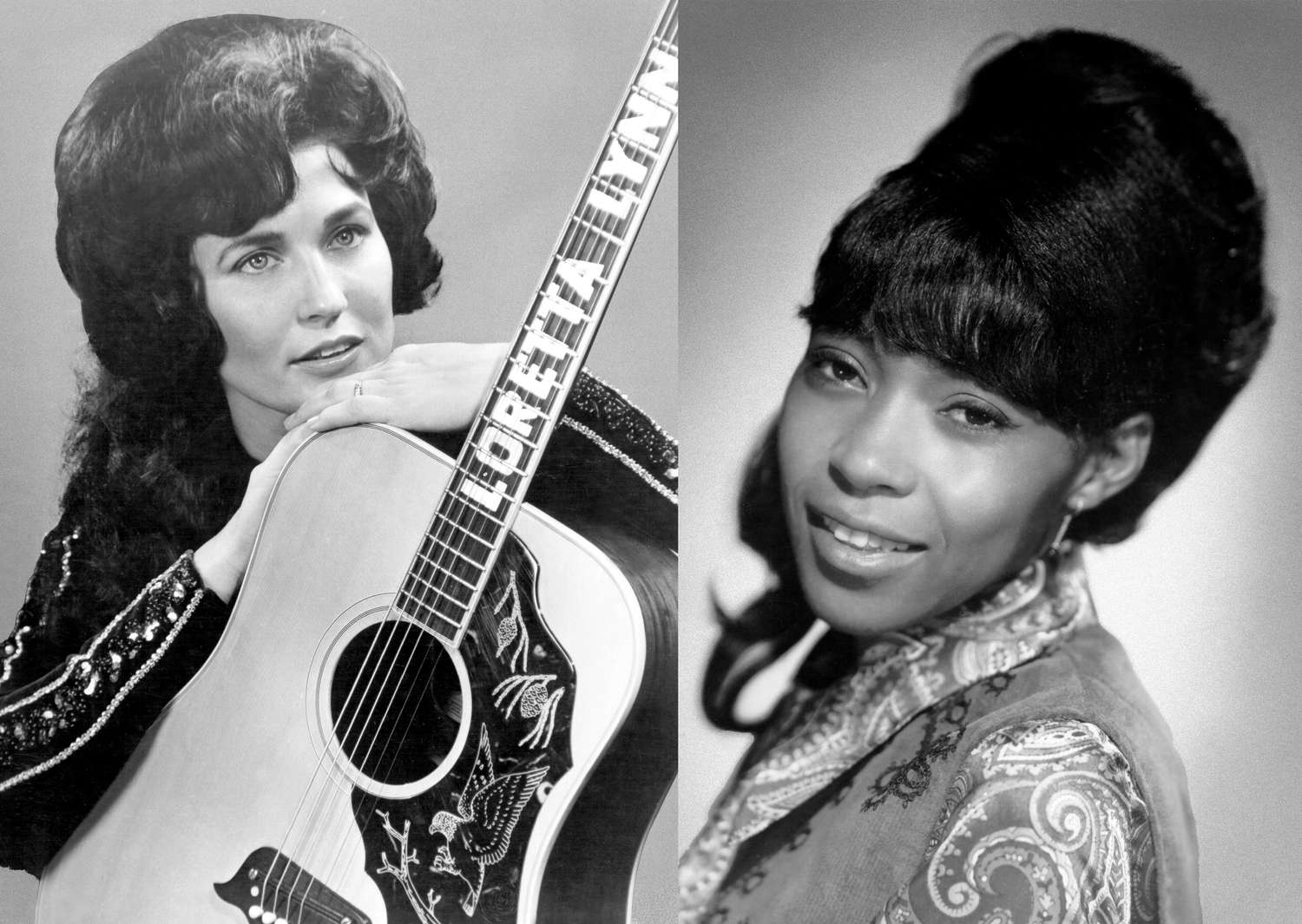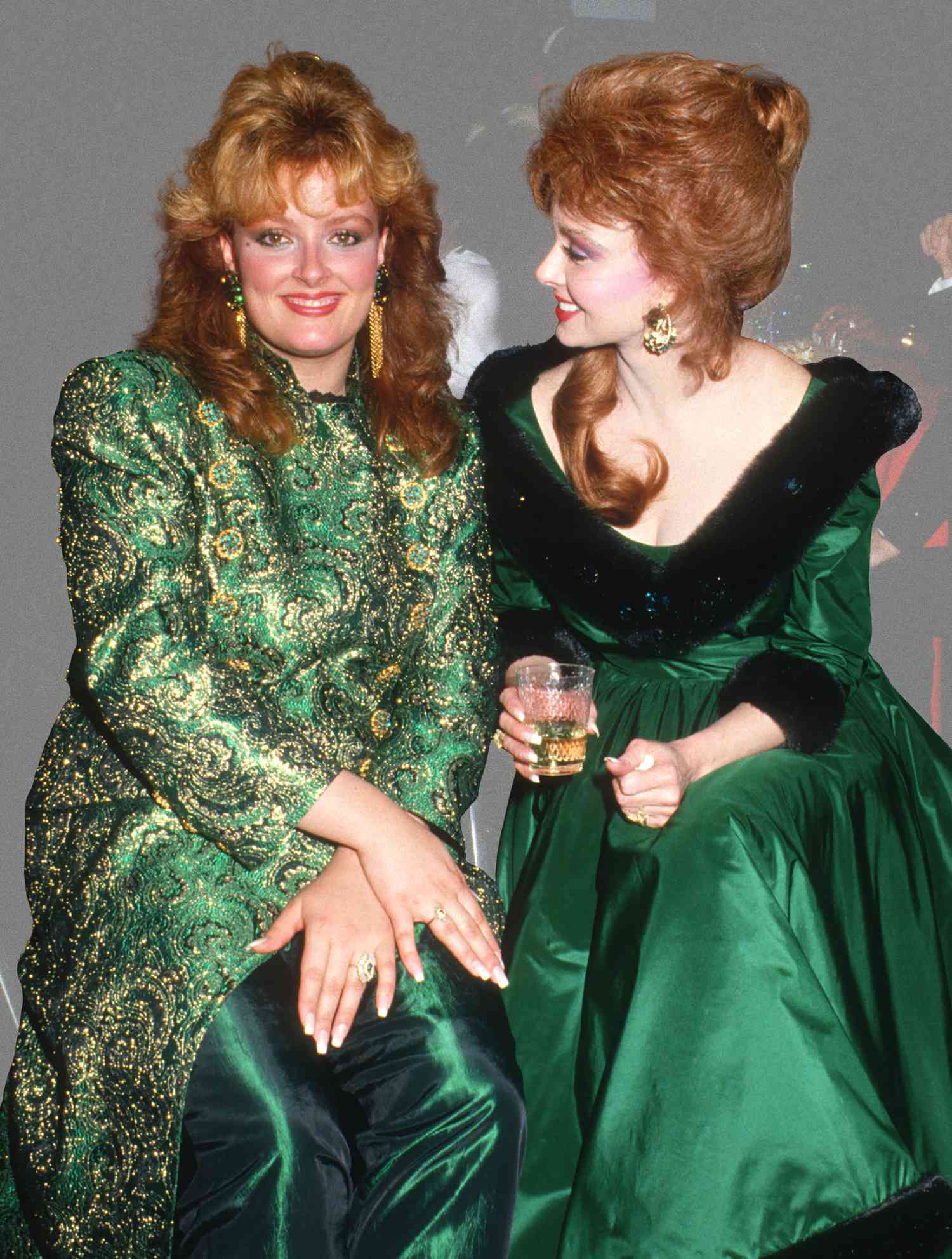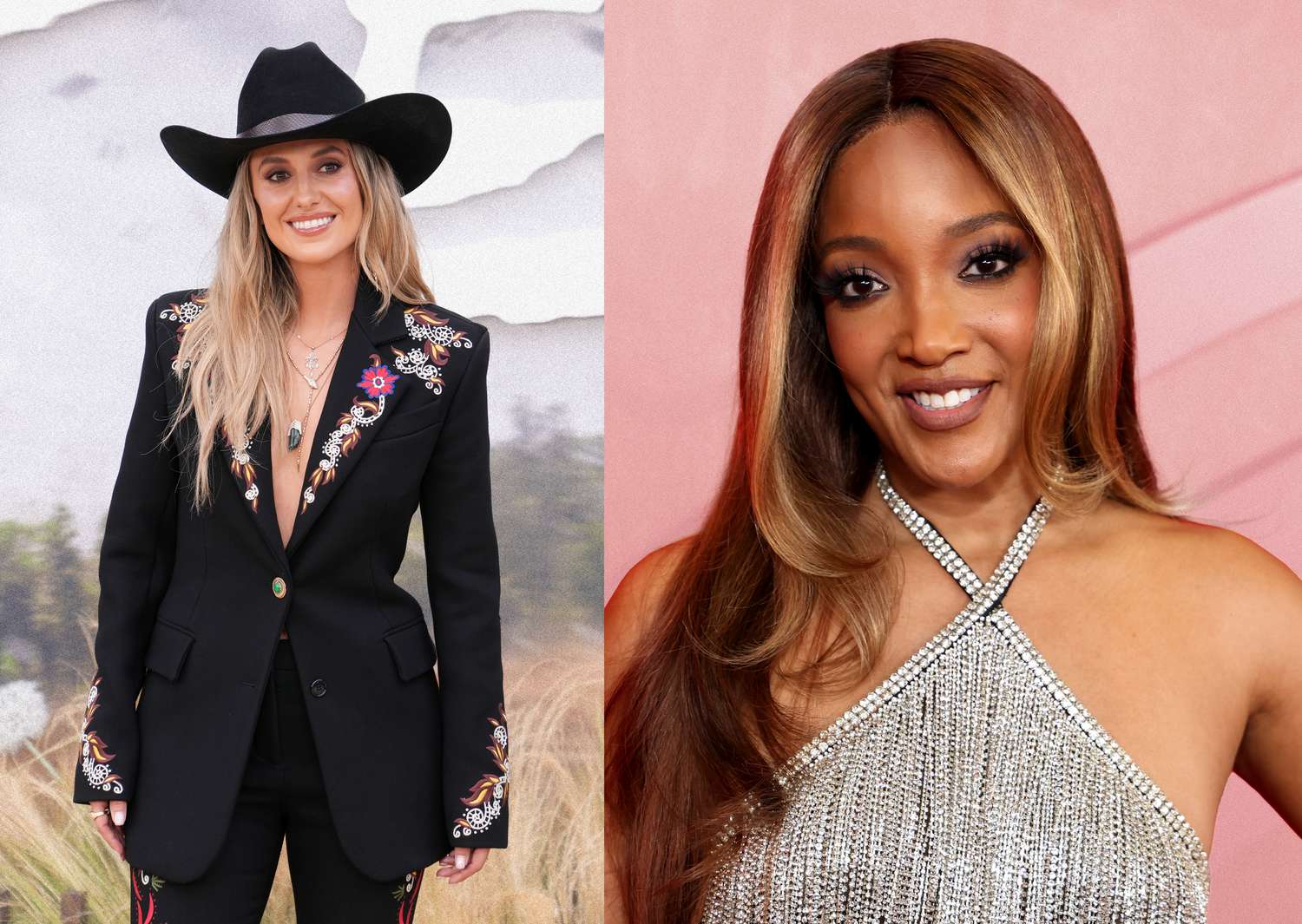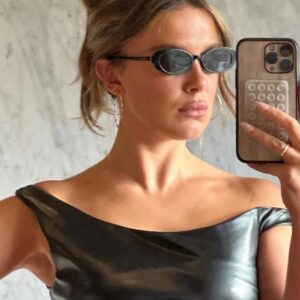Country music has always been deeply rooted in storytelling. In the same manner that guitars and pickup trucks have become associated with what it means to be country, facets of artists’ appearances over the decades have, too, become intertwined in the fabric of the genre. And, within that time, country music's visual identity—particularly its performers' hair and makeup—has evolved dramatically.
That said, there are still boundaries that separate a country star from a pop star (aesthetically speaking). “In many ways, country music is a very ‘protected’ genre; this can be both a positive and a negative thing,” says Nashville-based celebrity makeup artist Emily Gray Higgins (whose clients include Miranda Lambert, Kelsea Ballerini, and Lily Aldridge). “There are invisible rules for crafting your appearance, and for women in the country genre nowadays, you’re constantly having to prove that you are, in fact, ‘country’ enough,” she continues—and one way to do so is through glam.

Getty Images / Byrdie
Today’s highly glamorized starlets are a far cry from the genre’s clean-cut pioneers. The transformation reflects broader cultural shifts, technological advances, and country’s expanding reach to mainstream audiences. Long before the concept of "influencers" and multi-genre songstresses, the first wave of female country musicians paved the way for future generations. In the 1940s, '50s, and '60s, country music gained popularity through radio programs (and, later, television shows) like the National Barn Dance, the Grand Ole Opry, and Midwestern Hayride.
To appeal to this broader audience, artists including Patsy Montana, Brenda Lee, Kitty Wells, Patsy Cline, Linda Martell, and The Carter Sisters and Mother Maybelle (an offshoot of the legendary country music trio The Carter Family) took on conservative looks to highlight the genre's message of rural roots and humble beginnings. Short bobs with simple curls and minimal makeup, with the occasional pop of a red lip, were practical for in-person concerts, radio performances, and low-resolution TV appearances, while still looking put-together.
By the 1970s and 1980s, the television age was in full swing. The rise of MTV and music videos meant that celebrities needed to be camera-ready at all times, leading artists to lean into more glamorous styles to catch the audience’s attention. This period of country music cemented the idea that hair and makeup were not just accessories but integral parts of the performers’ brand identity and future success. Arguably, Dolly Parton epitomizes this chapter and the idea of curating a signature look. Aside from her bold eyeliner and bright, glossy lips (which she still wears today), Higgins points to Parton’s use of pinks, purples, blues, and vibrant colors on her eyes and cheeks, a favorite among artists across genres during this time.

Getty Images / Byrdie
While bold eyes and lips were indeed of the moment, big hair was the true statement piece for any country celeb. Teased to gravity-defying heights, acts like The Judds, Tammy Wynette, Loretta Lynn, and Reba McEntire embraced the over-the-top: feathery layers, curly bouffants, and bangs. At the same time, big hair was popular with artists in the rock and pop genres—think Cher, Madonna, and Stevie Nicks—signaling that country music had begun to crossover with its musical counterparts in sound and appearance.
By the 1990s, country artists had fully embraced what was largely popular in the makeup sphere, as opposed to looks only prevalent in the country music community. Hair became sleeker, with soft waves and straightened styles replacing the voluminous curls of the past. Makeup became more natural, with glowing skin and softly smudged eyeshadow and liner in neutral shades. Bold eyes and lips were typically reserved for red-carpet appearances and award shows. "Think of stars like Shania Twain, Faith Hill, and The Chicks (think of the Wide Open Spaces album art), who all wore the earth tones and really pretty nude lips,” notes Higgins. That makeup style was very in line with what even supermodels were wearing at the time.”
One thing has remained constant: the ability of hair and makeup to amplify an artist’s appearance and help connect audiences.
That pattern continued into the aughts. With country stars like Carrie Underwood, Miranda Lambert, and Taylor Swift, frosty eyeshadow and curly blonde hair were definitely in. Artists of this decade continued to channel what was en vogue for the time, adding in shimmery eyeshadow, bronzed complexions, glossy nude lips, and baby pink or peachy blush. As Higgins notes, the long blonde ringlet revolution was in full effect. However, Hollywood-style, romantic tousled updos (achieved with wigs or extensions to allow artists to transition seamlessly between casual and high-glam looks) were popular for special performances, award shows, and the like.
Today's country musicians—Kacey Musgraves, Kelsea Ballerini, Carly Pearce, Lainey Wilson, and Megan Moroney, to name a few—are embracing individuality and experimentation like never before. The genre has exploded to include more influences and diversity than ever, reflected in its artists' hair and makeup choices. "Makeup in country music is going two different ways right now. You have the Dolly kind of approach, which is super glam, almost doll-like. This is what I think [of as] more of the traditional approach to makeup in country music," Higgens says, "But then you have many modern-like makeup looks on some of the more pop-leaning country musicians."

Getty Images / Byrdie
"I see more people really defining their look and making it theirs," she continues, "I work with artists like Reyna Roberts, with bright red hair and a strong glitter cut crease, Brittney Spencer, who loves to bedazzle her eyes with gemstones, Mickey Guyton, who goes classic ‘90s with matte browns, and Maren Morris, who is always on trend with a lifted half wing."
The rise of social media is a major factor in this transformation. Platforms like Instagram and TikTok enable artists to express their style further and receive real-time feedback and encouragement. The ability to share beauty routines, product recommendations, and tips has allowed fans to get closer to their favorite artists and vice versa. This has led to a more dynamic and fluid approach to beauty, with country stars embracing trends that might once have been considered outside the genre’s beauty standards.
While country stars of yesteryear prioritized beauty as an aspect of relatability and practicality, and today’s performers use it as a form of self-expression and branding, one thing has remained constant: the ability of hair and makeup to amplify an artist’s appearance and help connect audiences. Whether it’s Parton’s iconic wigs or Musgraves’ voluminous faux eyelashes, these looks have become essential in the country music narrative, celebrating the genre’s rich beauty evolution while embracing and looking toward its ever-changing future.

